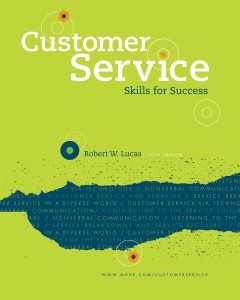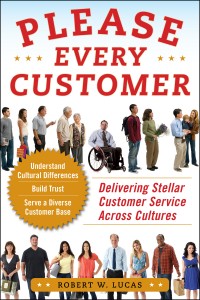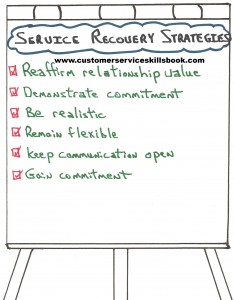Telephone Etiquette Sends a Powerful Customer Service Message
There is no excuse for poor telephone etiquette or lack of professionalism when you answer the phone as a representative of your organization. Take the time to plan your approach BEFORE a customer calls so that when you receive a call, you are prepared to positively impress your callers. Remember that you represent yourself and your organization when you pick up a ringing phone.
Related to receiving calls, if you have ever received an incomplete or undecipherable telephone message that someone else took from a caller, you can appreciate the need for practice in this area.
If you are answering someone’s phone while he or she is away, let the caller know that fact right away. This can be done by using a statement such as, “Hello, (person’s name) line. This is (your name). How may I assist you?” In addition, be cautious of statements you make regarding the intended recipient’s availability. Sometimes, well-meant comments can send a negative message to customers. For example, you should not share information like “She:
- “has not shown up yet this morning,”
- “is not back from lunch yet.”
- “had to take her son to school.”
- “is on vacation.”
- “had a doctor’s appointment.”
Instead, simply state that the person is not available at the moment but that you can either take a message and give it to him or her or assist the person yourself (if this is an option).
Many office supply stores sell pre-printed message pads to help guide message takers. At a minimum, when you take a message you should get the following information from a caller when you answer a phone for someone else.
- Name (correctly spelled—ask the caller for spelling)
- Company name
- Phone number (with area code and country code, if appropriate)
- Brief message
- When call should be returned
- Time and date of the call and your name (in case a question about the message arises)
Professional phone etiquette is part of everyone’s job. Make it a priority to practice good phone service yourself. If you are unsure of how to deliver quality customer service, consider reading some of the excellent resources on the market that provide guidance on using telephones and other technology to better serve your customers.
About Robert C. Lucas
Bob Lucas has been a trainer, presenter, customer service expert, and adult educator for over four decades. He has written hundreds of articles on training, writing, self-publishing, and workplace learning skills and issues. He is also an award-winning author who has written thirty-seven books on topics such as, writing, relationships, customer service, brain-based learning, and creative training strategies, interpersonal communication, diversity, and supervisory skills. Additionally, he has contributed articles, chapters, and activities to eighteen compilation books. Bob retired from the U.S. Marine Corps in 1991 after twenty-two years of active and reserve service.
Make Money Writing Books: Proven Profit Making Strategies for Authors by Robert W. Lucas at Amazon.com.
The key to successfully making money as an author and/or self-publisher is to brand yourself and your company and to make yourself and your book(s) a household name. Part of this is face-to-face interaction with people at trade shows, library events, book readings, book store signings, blogging or guest blogging on a topic related to their book(s). Another strategy involves writing articles and other materials that show up online and are found when people search for a given topic related to a topic about which the author has written.
If you need help building an author platform, branding yourself and your book(s) or generating recognition for what you do, Make Money Writing Books will help. Bob’s popular book addresses a multitude of ideas and strategies that you can use to help sell more books and create residual and passive income streams. The tips outlined in the book are focused to help authors but apply to virtually any professional trying to increase personal and product recognition and visibility.






